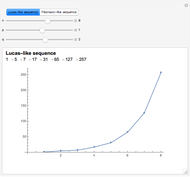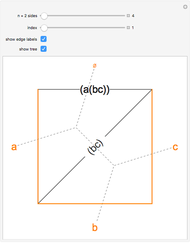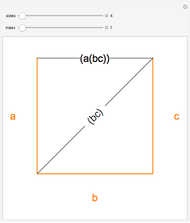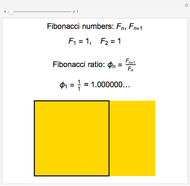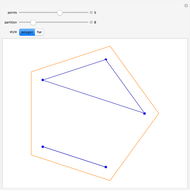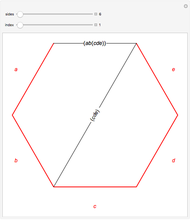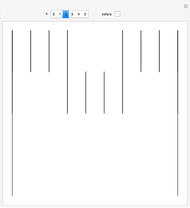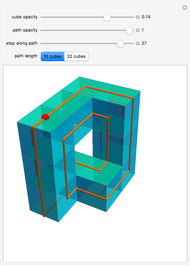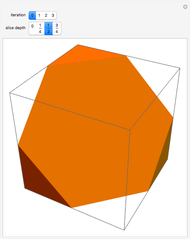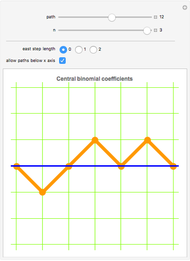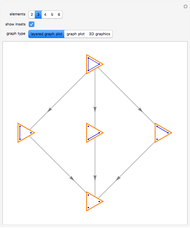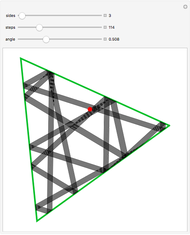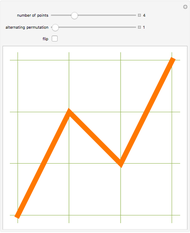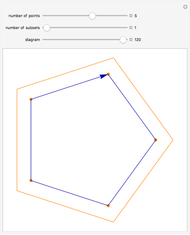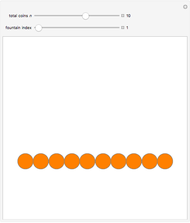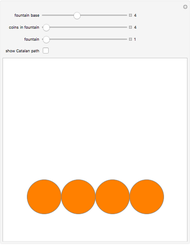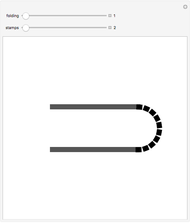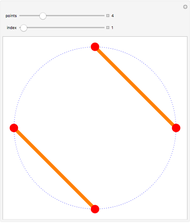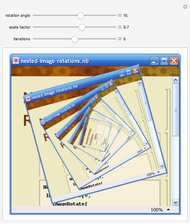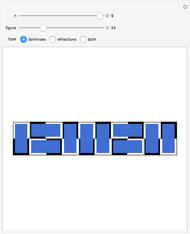Fibonacci and Padovan Spiral Identities

Requires a Wolfram Notebook System
Interact on desktop, mobile and cloud with the free Wolfram Player or other Wolfram Language products.
Start with an equilateral triangle with side length 1, and place a second unit triangle next to it. At each stage, moving counterclockwise around the resulting figure, construct an equilateral triangle whose base falls along the current side. The triangle side lengths match a sequence called the Padovan numbers, which are normally defined with the relation  , with initial conditions
, with initial conditions  .
.
Contributed by: Robert Dickau (March 2011)
Open content licensed under CC BY-NC-SA
Snapshots
Details
Two other relations are evident by matching up triangles or squares on opposite sides of a side.
Snapshot 1: by matching up triangle sides at each stage, the figures show that 
Snapshot 2: similarly, by matching up square sides, the figures show that 
Snapshots 3, 4: hiding the relations highlights the overall construction of each shape
References
[1] M. Gardner, The Second Scientific American Book of Mathematical Puzzles and Diversions, Chicago: The University of Chicago Press, 1987, p. 93.
[2] I. Stewart, Math Hysteria: Fun and Games with Mathematics, New York: Oxford University Press, 2004, pp. 87–92.
[3] S. R. Finch, Mathematical Constants, New York: Cambridge University Press, 2003, pp. 6–9.
Permanent Citation










